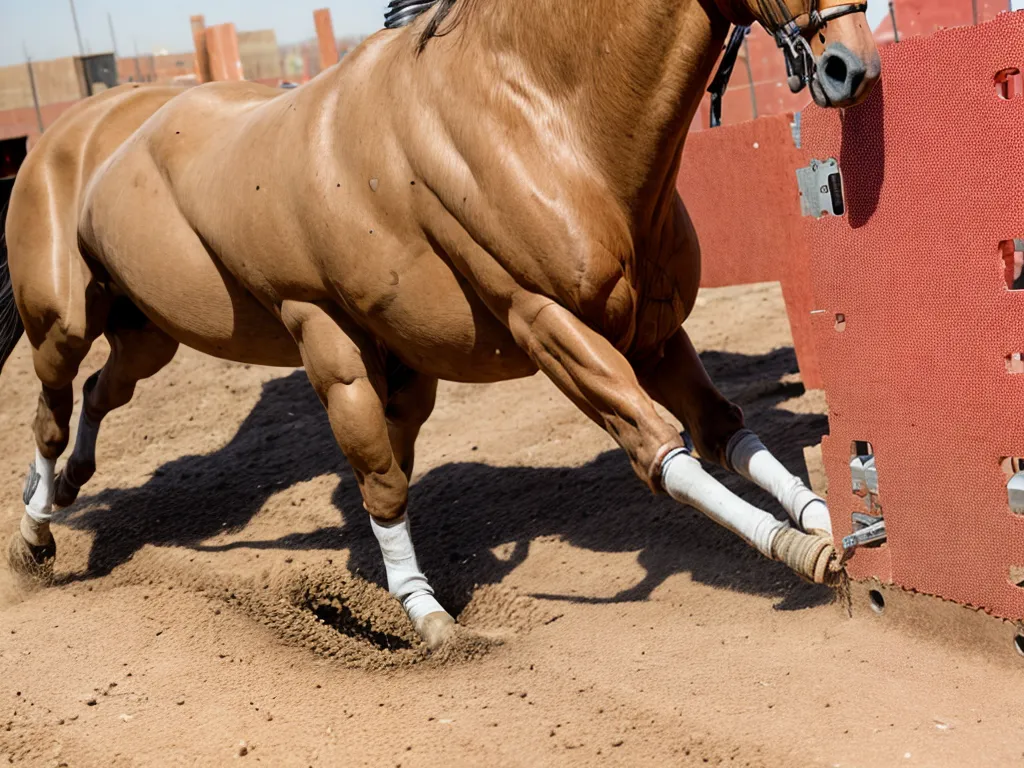
When running electrical wiring through a home, it's common to use Romex cables to connect lights, outlets, and other devices to the main electrical panel. Romex is a flexible cable with THHN copper conductors and a protective outer sheathing. It's allowed by code to be run through holes drilled in wood studs. However, drilling all those holes can be time consuming and make unwanted dust. Fortunately, there are techniques to run Romex through studs without drilling holes.
Using Existing Holes in Studs
The easiest way to run Romex without drilling is to utilize existing holes in the studs. Here are some options:
Electrical and Plumbing Holes
- Older homes often have holes drilled for previous electrical wiring. Carefully insert a long wire coat hanger into the wall cavity to find these holes.
- Holes for plumbing lines like water and drain pipes can also be repurposed for running Romex.
Notching Holes
- Studs are often notched at the top and bottom to fit over sill plates and top plates. Feed the Romex through these notched areas in the studs.
- Notching holes can also be cut into studs using a saw if necessary. Just be careful not to cut too deep as this can weaken the stud.
Bottom Plate Holes
- The bottom plate that studs sit on will often have holes drilled by the framer to accommodate plumbing and heating ducts. Use a flashlight to locate these access points to feed Romex up through.
Creating New Holes in Studs
If existing holes can't be utilized, it is possible to create new holes for Romex without power tools:
Use a Nail to Start the Hole
- Carefully hammer a thin nail into the stud to create a pilot hole.
- Twist the nail back and forth to enlarge the hole. Remove the nail.
Ream the Hole with a Screwdriver
- Take a large flat head screwdriver that fits in the nail hole.
- Twist the screwdriver in the hole to smooth and enlarge it for the Romex to fit through.
Protect the Cable
- Wrap the section of Romex that will pass through the hole with electrical tape to prevent the sheathing from being damaged.
- Consider using grommets in stud holes to protect the Romex from chafing.
Use a Hole Saw for Larger Holes
- For running multiple Romex cables, a hole saw can manually create a large opening without power tools.
- Clamp the stud securely and twist the hole saw by hand to cut the hole.
Fishing the Romex Through the Studs
Once access holes are ready, the technique to feed the cables is called "fishing":
- Have a partner stand on each side of the stud wall.
- One partner feeds the end of the Romex into the hole and the other partner pulls it through from the other side.
- A wire coat hanger can be used to retrieve the Romex if it gets stuck midway through the hole.
- Lubricating the Romex sheathing with soap or wire pulling gel allows it to slide through more easily.
Securing and Protecting the Romex
Some additional tips when running Romex through holes in studs:
-
Use cable staples to securely attach the Romex to the studs and prevent tension on the wire connections.
-
Running Romex perpendicular through studs provides support along its length.
-
When running cables parallel to studs, be sure to drill holes in the top plate to anchor the Romex.
-
Use nail plates to protect any Romex running through notched studs from drywall screws and nails.
So while drilling holes for Romex is preferred, with the right techniques and safety precautions it is possible to run cables through stud walls without power tools when necessary. Just take care to protect the wire sheathing from damage. With some clever fishing methods, existing or new holes can accommodate Romex without weakening the framing.